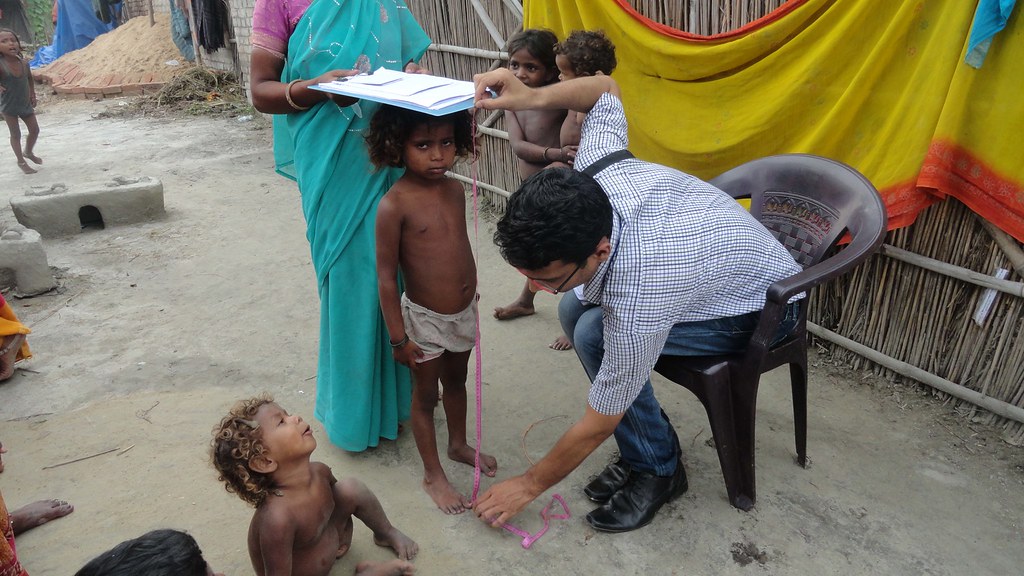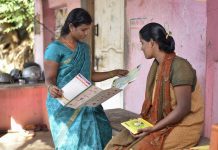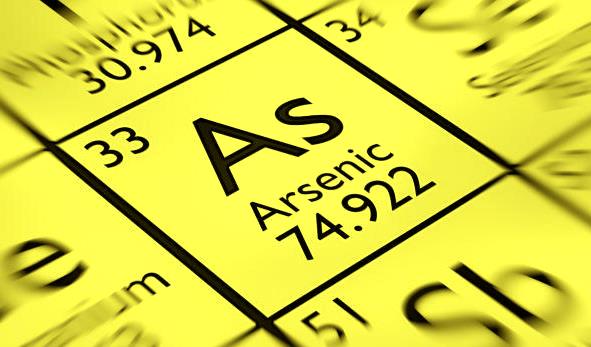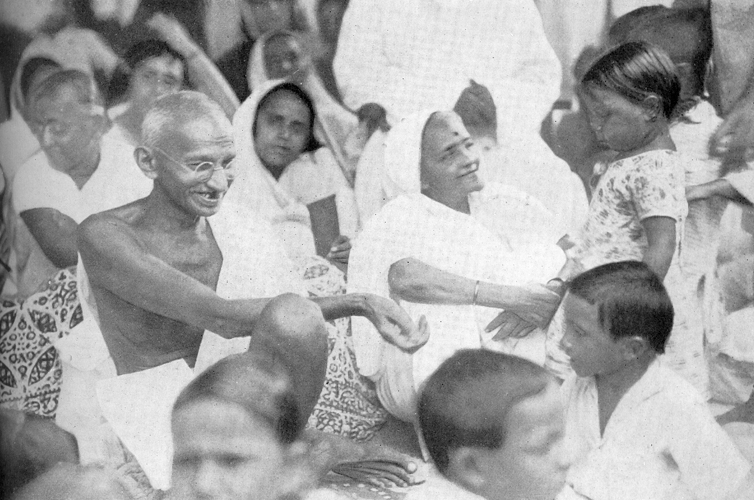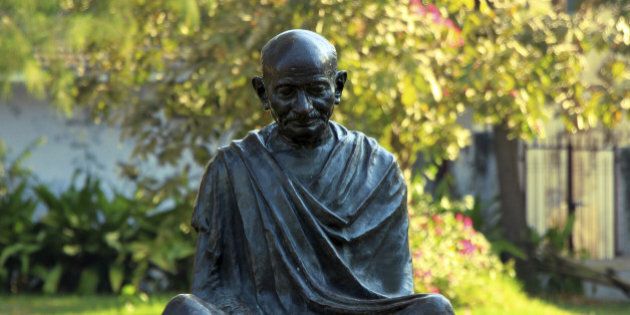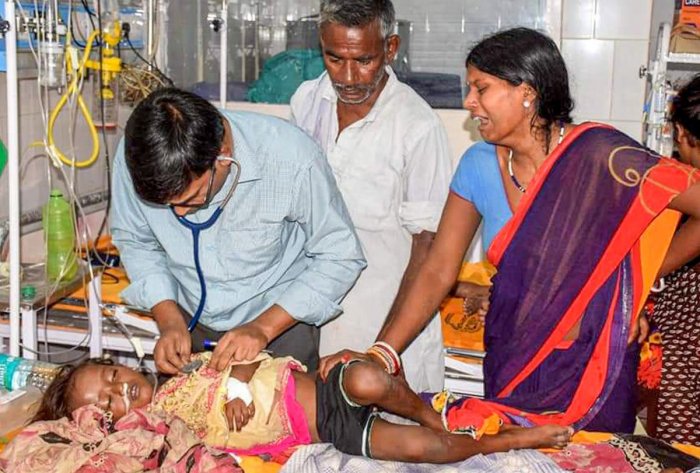
If there is one thing that has parents and healthcare practitioners in Bihar more worried than the corona virus itself, it is the fear of Acute Encephalitis Syndrome(AES). The fear of the deadly Acute Encephalitis Syndrome claiming the lives of hundreds of children in the coming months of the scorching Indian summer have really made the entire public health system in Bihar worried and extensively nervous.
Bihar’s Public Healthcare system, which is already grappling the challenge posed by the coronavirus pandemic has been struck by a grave impending crisis in the form of AES. AES occurred with great intensity a year ago and this year too, it has claimed a couple of innocent lives and infected several innocent children. Three year old Aditya Kumar from Muzaffarpur’s Bujurg village was the first to get admitted to the Sri Krishna Medical College and Hospital(SKMCH) after he complained of cold and convulsions along with acute body pain. He passed away within 48 hours of being admitted to the hospital and after that many more cases were reported.
The pediatrics ward and the children’s ICU at the hospital which were meant to treat children affected by AES, continue to remain under construction. While the country is under total lock down, the remaining work may takes weeks to get completed. Learning lessons from the outbreak of the AES last year, each primary health center in the district was instructed to keep ready at least a two bed PICU but due to the corona virus pandemic, these have been converted into isolation wards for affected patients. The inadequacy of fully equipped pediatric wards and dedicated ICUs claimed many lives last year and this year, the same problem looms large yet again. The death of 150 children in 2019 at its epicenter in Muzaffarpur has perhaps not taught us adequate lessons even till date.
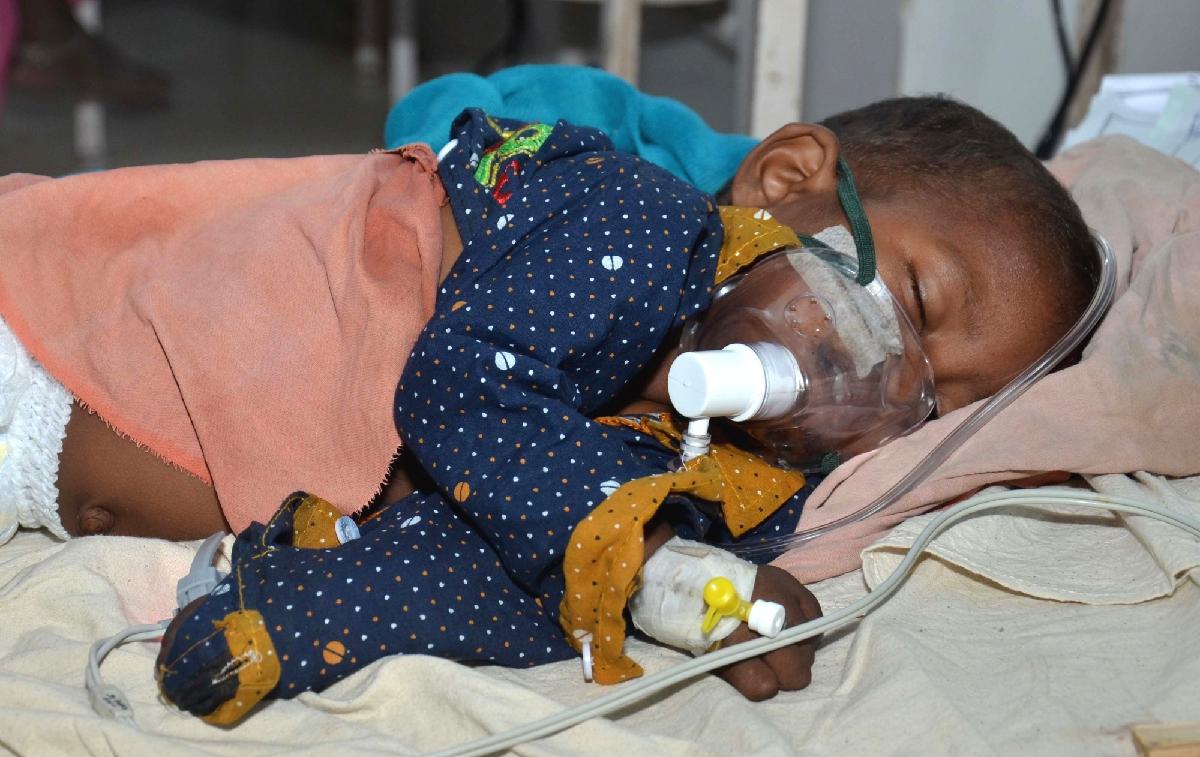
More than 5oo patients were admitted in Muzaffarpur’s hospitals and most of them were children below the age of 10. The disease usually occurs during the monsoon season and symptoms such as high fever, vomiting and convulsions show up and the patient may also end up in coma. Doctors have found out that children between the ages of six months and fifteen years are among the most vulnerable to the disease and a fifth of those who survive end up with neurological weakness and disability.Many doctors have gone ahead and blamed the deaths of hundreds of children on eating the locally grown lychee fruit on an empty stomach and since Muzaffarpur is the main lychee growing center in India, it has the highest number of casualties.

The lychee fruit is know to contain a toxin that inhibits the body’s ability to produce glucose, which can affect young children whose blood sugar levels are generally quite low due to irregular meals.
That is why doctors say that most of the victims had died because the lychee fruit was more often than not consumed as the first meal of the day or by children whose blood sugar levels were already quite low. It is also to be noted that children who are suffering from chronic malnutrition have depleted glycogen levels in their livers and thus when they consume unripe lychees, hypoglycemia is induced in their bodies and this is only aggravated by toxins that the lychee fruit contains.
This hypoglycemia can have serious implications for the functioning of the brain unless there is a quick and timely intervention to reverse its implications in the form of glucose containing injections.
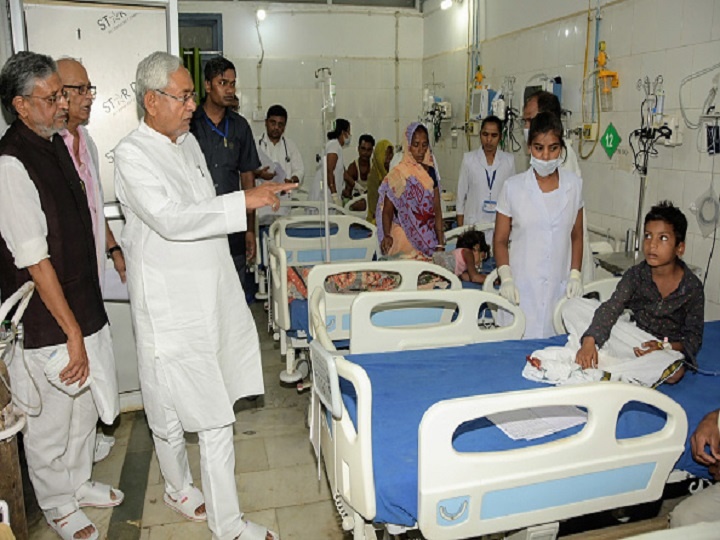
How Bihar Dealt With the Crisis Then and Now
It was in 2016, that the Bihar government had released an advisory in order to form a mechanism to deal with the outbreak of the deadly disorder affecting hundreds of children in the state.
This involved making sure that all primary health centers had gluco-meters so that affected children could immediately be checked and glucose drips could be given to them. Healthcare workers were also asked to travel from door to door to generate awareness about the outbreak of encephalitis and ask guardians to ensure that children were kept indoors during the peak summer hours, making sure that they didn’t sleep on an empty stomach and advised them against eating raw lychees. While a host of guidelines were issued, none of it was implemented at the ground level. In many villages of Muzaffarpur and the other districts of Bihar- children kept getting infected and dying due to AES. This exposed the fragile and under equipped healthcare system in Bihar and went on to show the sustained neglect and apathy that subsequent governments have shown towards it.
The recurrent outbreaks of the disease is an indictment of the public health system in Bihar, one of the poorest and least developed states in India. It wouldn’t be wrong to say that the government of the state has seen a miserable failure in ensuring child nutrition rates and generating adequate awareness at the grassroots about the spread of the disease. This is nothing but a cumulative result of administrative neglect and institutional apathy towards the public healthcare system in Bihar.
Poor Children Get Poor Healthcare
If one were to carefully study the demographics it wouldn’t be tough to notice the fact that most of the victims of the disease were poor children in India’s main lychee producing region. A preliminary assessment of the AES affected families suggests that the majority of the victims are from Scheduled Castes and other sections of the society with almost all of them falling under the economically disadvantaged status. Most of the affected families are illiterate or barely education. Many of the breadwinners in the families have been migrant workers.These children were among those who were prone to eating fallen fruit from the orchards. Pain, convulsions, losing of consciousness and acute swelling of the brain were all the symptoms that could be seen in the suffering children. The death of 154 undernourished, poor children in a period of three weeks is a deeply concerning crisis. What was common to all the children who got infected by the disease was their poverty, social deprivation, lack of access to quality medical healthcare and awareness. These were children from low income facilities and often those who had not eaten the previous meal and had eaten the lychee fruit as the first thing in the morning. But what are we doing to ensure that similar deaths are avoided in the future. Do we have enough awareness programs ready, do we have an adequate reach in primary schools, anganwadis and at the village level to ensure that information an support id disseminated to the last person? What are the steps that the state has taken to eradicate under nutrition or to ensure that there is universal access to healthcare and emergency services? The last couple of years have laid bear the inadequacy of the health infrastructure in the state in the face of decades of state neglect and institutional apathy but have efforts been made in recent days to ensure that this summer, children are less affected by AES? While we work towards strengthening the health infrastructure and associated challenges of child health, it is also important to ensure that the implementation of India’s National Food Security Act at the ground level and support of International bodies such as UNICEF and WHO are sought as prudent measures to address the crisis.

So far three deaths due to AES have been reported from Bihar, while 11 have covered and have been discharged from various hospitals. The first child to be admitted in the hospital with AES died in the last week of March. While in April, two young girls lost their lives to the disease.
With the fear of AES becoming particularly high during May-June, the pediatric wards of hospitals and doctors are worried about how the state would fare this year. The Chief Minister Nitish Kumar has directed all district magistrates to ensure that ASHA workers are utilized for door-to-door campaigning and awareness generation campaigns. With most of the deaths taking place in Muzafarpur and accompanying regions of Vaishali, Sitamarhi, Samistipur and Champaran over the last one decade, it will be interesting to note the level to which the state has prepared for the impending disaster this year. Will hundreds of undernourished, poor and economically disadvantaged children again be sacrificed at the feet of an indifferent political class?

